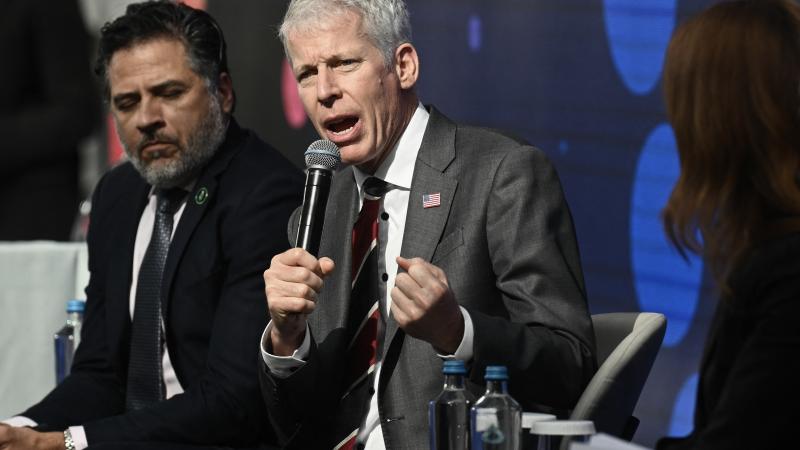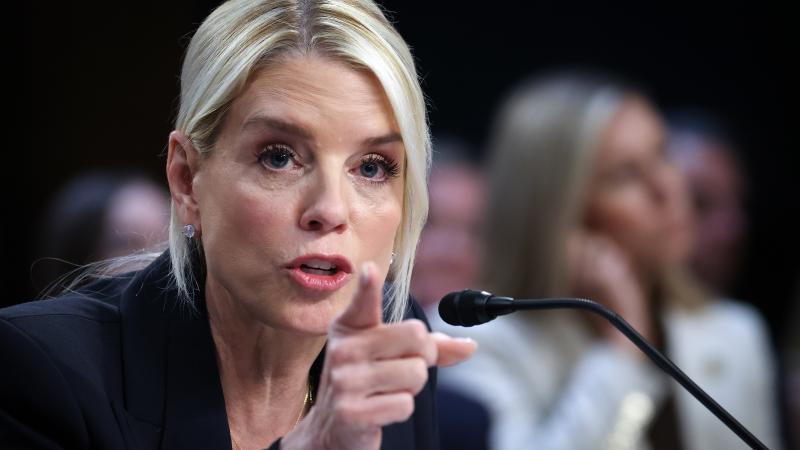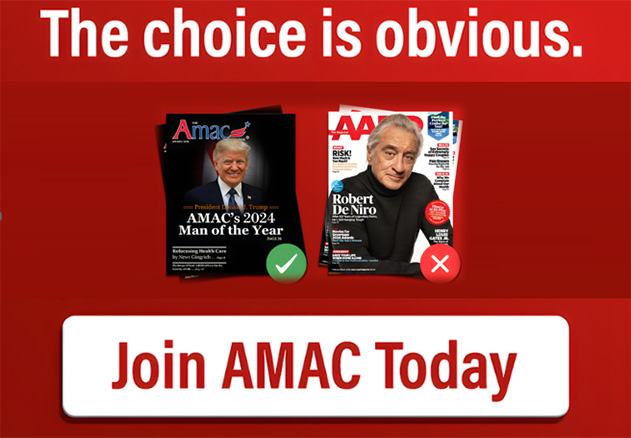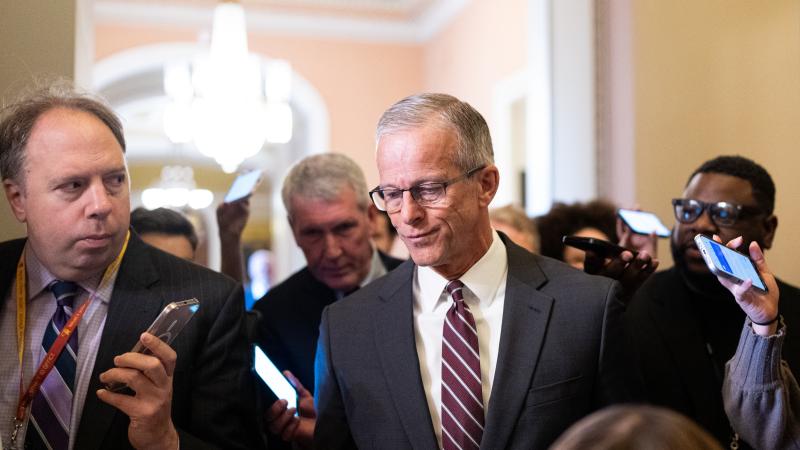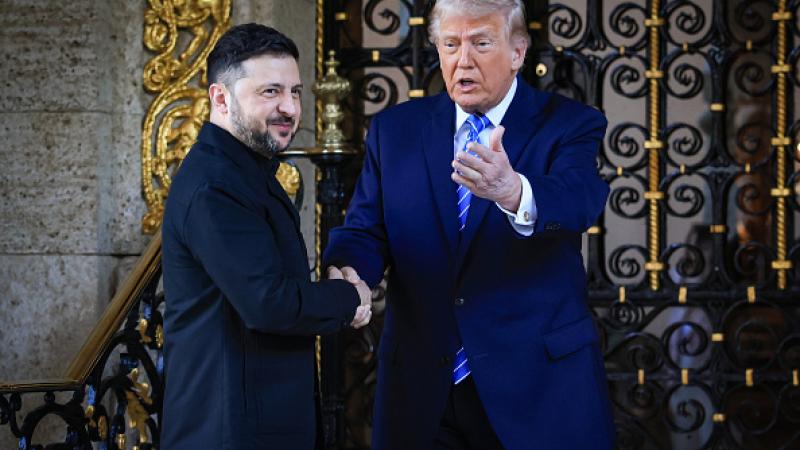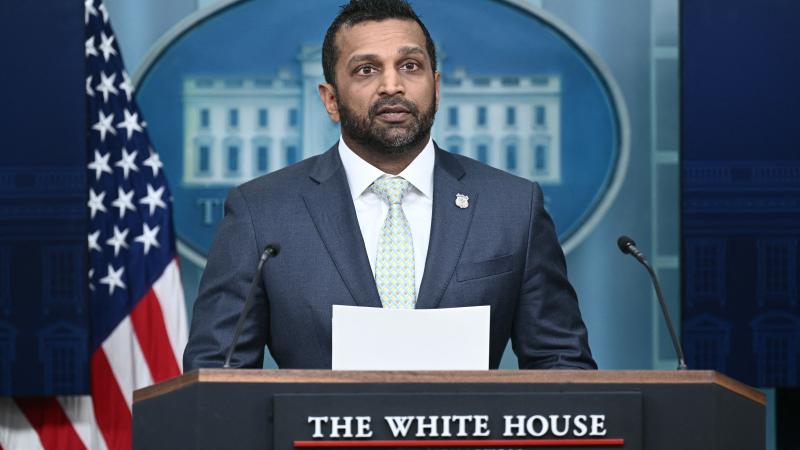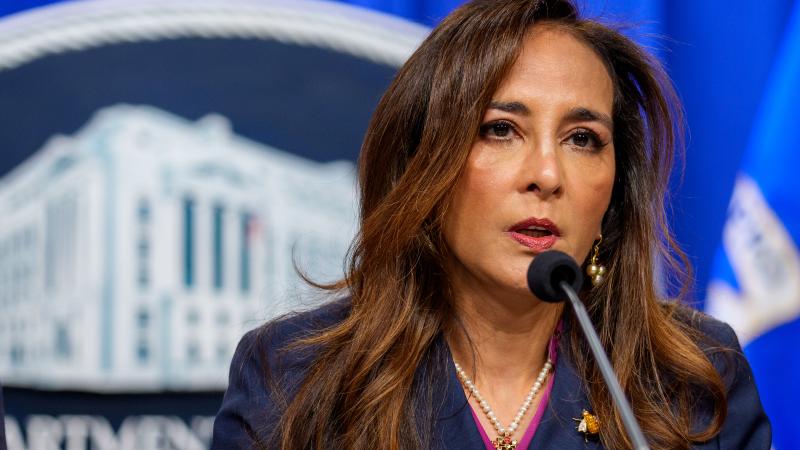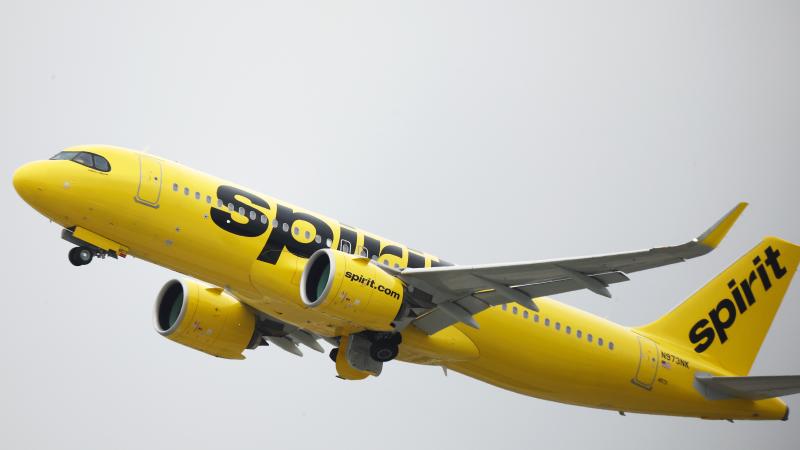Washington state carbon market may not be big enough to stop price increases
A component of the state’s Climate Commitment Act, cap-and-trade puts a price on emissions in the form of carbon auctions.
Washington state's carbon market on its own may not be large enough or liquid enough to stop allowance prices from becoming prohibitively expensive, according to a Washington State Department of Ecology preliminary analysis of its criteria to link the state’s cap-and-trade program with the joint California-Quebec market.
Notably, the concern over higher costs is mentioned in the report in the context of worries that lower prices could lead to companies deciding it’s cheaper to comply by purchasing allowances rather than spending money to curb emissions, which could imperil the state’s goal of slashing greenhouse gas emissions over the next quarter-century.
"Some have expressed concern that lower prices will make it more likely for covered entities to meet their compliance obligations by purchasing allowances rather than investing in operational changes to reduce their emissions, thereby threatening the ability of Washington to meet GHG emission reduction limits," Thursday's report states. "However ... on its own, Washington’s program may not be large enough, or liquid enough, to avoid allowance prices increasing to a level that could undermine the durability and longevity of the program."
The report warns, "Therefore, Washington continuing as a standalone program and rejecting linkage could lead to the program being curtailed or even repealed, making it significantly more difficult for our state to meet its GHG emission reduction mandates."
A component of the state’s Climate Commitment Act, cap-and-trade puts a price on emissions in the form of carbon auctions, which the state hopes will motivate large industrial polluters – oil refineries and energy utilities, for example – to reduce their emissions.
The CCA requires the Department of Ecology to pursue linkage with the California-Quebec market, established in 2014, which is approximately six times the size of Washington’s total emissions allowance market.
The 97-page report says being part of a larger climate market should result in companies paying lower prices for emissions allowances.
“Linkage would likely improve the cap-and-invest program’s economic durability, longevity, and efficacy,” the report states. “In a larger, more liquid market with a greater number of participants, allowance prices would likely be lower and change more predictably. Predictable prices can foster greater investments in decarbonization.”
The report goes on to say, “In addition, having consistent compliance costs across jurisdictions could increase the incentive for businesses to invest in decarbonization, pushing Washington closer to its climate goals and further lowering costs that might otherwise be passed on to consumers."
The Aug. 16 carbon auction conducted by California and the Canadian province of Quebec saw allowances sell for $35.20 apiece. At Washington's most recent quarterly carbon auction on Aug. 30, the price per allowance was $63.03. Each allowance represents one metric ton of emissions from the state’s biggest greenhouse gas polluters.
California currently has the highest gas prices in the nation, followed by Washington, according to AAA.
The issue of linkage came up at a meeting earlier this week of the state Senate Environment, Energy & Technology Committee.
Joel Creswell, Ecology’s climate pollution reduction program manager, explained that the decision on whether or not to pursue linkage with California and Quebec is ongoing.
“That’s a process that began in the spring of 2022 and is just about complete,” he said at Monday’s meeting.
A preliminary decision by Ecology Director Laura Watson will be made in late October or early November, Creswell said.
Linkage isn’t a done deal, he noted.
“If Washington decides to pursue linkage, California and Quebec also have to go through their own processes of deciding whether they want to link with Washington,” Creswell said. “And if all the jurisdictions agree, we think it would take at least until 2025 to negotiate and sign an agreement and have a linked program in place.”
Rep. Shelly Short, R-Addy, brought up the fact that Ecology must review and make sure there are provisions in any linkage agreement that ensure vulnerable populations and overburdened communities in Washington receive their share of benefits.
“I’m wondering if ‘overburdened communities’ is defined, and if agricultural producers are in that definition,” she said.
Creswell said the report contains more details on that.
“I will say we do have a list of overburdened communities that’s available on Ecology’s website,” he added. “Of course, part of the Climate Commitment Act is a requirement that we monitor air quality in overburdened communities and ensure that as carbon emissions are scaled down under this program that, air quality also improves.”
Addy also worried that Washington’s interests could get lost in joining a larger market.
“But I’m wondering, you know, California’s market is a lot bigger than ours,” she observed. “Just, obviously their population is bigger and things. And I’m wondering how do you ensure that Washington doesn’t get left behind or potentially doesn’t have access to the number of allowances they think they might need in a linked market.”
Creswell reassured her of the benefits of linking with California and Quebec.
“The advantage there is that that joint market has a lower allowance price than Washington does, and so we think that linking will put significant downward pressure on those allowance prices here in Washington,” he said.
Market safeguards such as purchase and holding limits will remain in place, he added, so all entities have access to the market.



